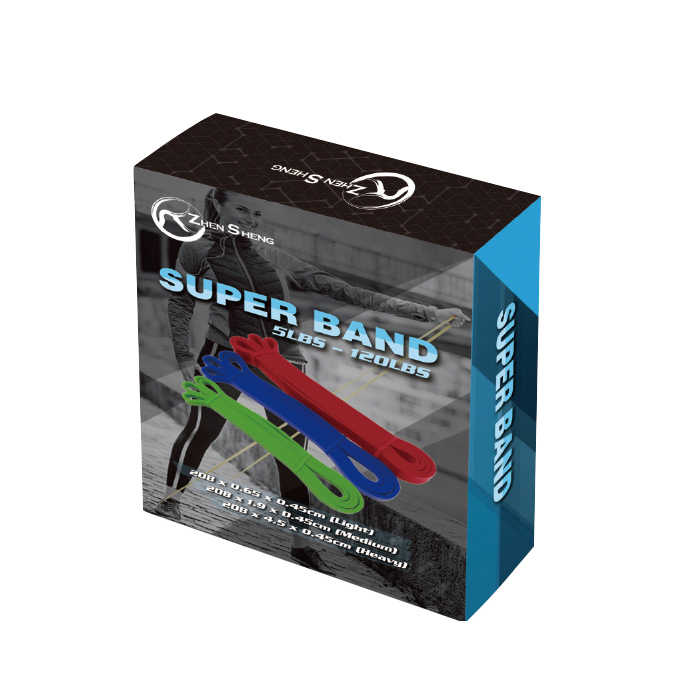How to Successfully Source and Purchase Hardware Wholesale?
Sourcing and purchasing hardware wholesale is a complex process that requires careful planning and execution. The first step is to identify your needs and determine the specific types of hardware you require. This may involve researching different suppliers, comparing prices and quality, and assessing the reliability of each supplier. Once you have identified a few potential suppliers, it is important to carefully evaluate their credentials, track records, and customer feedback. You should also consider factors such as delivery times, payment terms, and warranty policies when making your decision. To ensure success, it is essential to establish clear communication with your supplier and maintain ongoing relationships through regular contact and follow-up. By following these steps and staying focused on your goals, you can successfully source and purchase hardware wholesale and achieve your business objectives.
Introduction
The world of manufacturing, construction, and home improvement relies heavily on hardware. Hardware is a broad term that encompasses a wide array of items, including nails, screws, bolts, hinges, door handles, latches, etc. When it comes to sourcing and purchasing hardware wholesale, there are several factors to consider to ensure the success of your operation. This guide aims to provide you with an in-depth understanding of how to source and purchase hardware wholesale effectively.
Understanding the Basics of Hardware Wholesale
Before embarking on the journey of sourcing and purchasing hardware wholesale, it is essential to understand the basics. Hardware wholesale involves buying large quantities of hardware products at a discounted price from manufacturers or distributors. The goal is to resell the products to retailers or contractors in smaller quantities at a profit.

Finding the Right Manufacturers or Distributors
The first step in sourcing and purchasing hardware wholesale is finding the right manufacturers or distributors. There are several ways to do this:
Research online directories and trade shows: Look for directories of manufacturers and distributors in your area or country that specialize in hardware. Also, attend trade shows related to hardware to network with suppliers and learn about the latest industry trends.
Use social media: Connect with suppliers on social media platforms like LinkedIn, Facebook, and Twitter. These platforms allow you to ask questions, share your requirements, and get feedback from potential suppliers.
Ask for referrals: Ask your existing suppliers, colleagues, or friends if they know any reliable manufacturers or distributors. Word-of-mouth recommendations can be a powerful tool in finding trustworthy suppliers.
Evaluating Quality and Cost
Once you have identified potential suppliers, evaluate their quality and cost carefully. Some key factors to consider include:
Quality: Check the quality of the products offered by each supplier. Request samples and test them before making a final decision. Consider factors like material, design, and durability.
Cost: Compare the prices offered by different suppliers and factor in shipping costs, taxes, and other fees. Negotiate with suppliers if possible to secure the best possible price.
Lead Time: Consider the lead time required by each supplier to deliver your order. Longer lead times may affect your cash flow and availability of products for resale.
Customer Service: Choose a supplier with excellent customer service who can respond to your inquiries promptly and provide assistance when needed.
Negotiating Terms and Conditions

Negotiating terms and conditions is an essential part of sourcing and purchasing hardware wholesale. Here are some tips for negotiating effectively:
Know Your Budget: Clearly define your budget and stick to it throughout the negotiation process. This will help you make informed decisions and avoid overspending.
Be Prepared: Research the market demand for the products you want to purchase and prepare a detailed list of specifications, quantity requirements, and delivery timelines. This will help you make a strong case for your needs.
Seek Multiple Quotes: Compare quotes from multiple suppliers to ensure you are getting the best possible deal. Be open to negotiations but also maintain a clear stance on your pricing requirements.
Consider Long-Term Relationships: Building a long-term relationship with your supplier can be beneficial in many ways. It can lead to better prices, faster delivery times, and more personalized service. However, be aware that establishing such relationships may require additional time and effort on your part.
Managing Orders and Inventory
Once you have successfully sourced and purchased hardware wholesale, managing orders and inventory is crucial for maintaining profitability and ensuring timely delivery of products to your customers. Here are some tips for effective inventory management:
Use Inventory Management Software: Invest in software that can track inventory levels, manage orders, and generate reports. This will help you stay organized and make data-driven decisions about stocking levels and ordering procedures.
Establish Ordering Procedures: Create standardized procedures for ordering hardware wholesale products. This will help you minimize errors and ensure consistent quality across all orders.
Regularly Review Inventory: Regularly review your inventory levels against your sales projections to identify any discrepancies or excess stock. Make timely adjustments as needed to prevent wasteful spending on unsold products.
Articles related to the knowledge points of this article:
Title: Exploring the World of Chengdu Hardware Wholesale: A Guide to Sourcing Quality Products
Title: Exploring the World of Hardware Screws in the Nearby Hardware Screw Wholesale Market
Advanced Hardware Wholesale Sales Volume
Title: Wholesale Hardware Goods: A Comprehensive Guide to Finding the Best Deals



